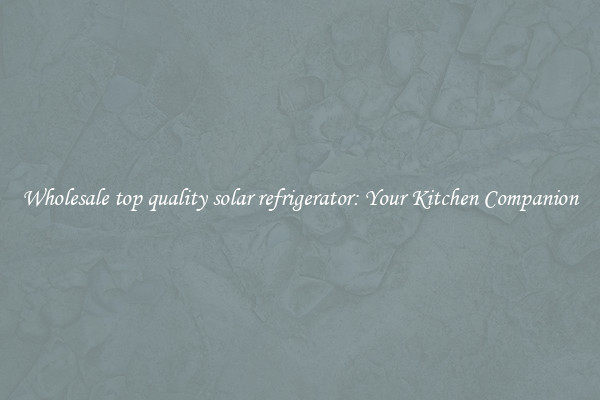Well-designed and User-Friendly engagement ring setting only
Choosing an engagement ring is a significant decision in any relationship, as it symbolizes a lifetime commitment and love between two individuals. When selecting the perfect engagement ring, it is essential to consider not only the diamond or gemstone but also the setting in which it is placed. A well-designed and user-friendly engagement ring setting can enhance the overall beauty of the ring and make it more comfortable for the wearer.

One of the primary factors to consider when choosing an engagement ring setting is the durability and security of the setting. A well-designed setting should securely hold the diamond or gemstone in place, ensuring that it does not become loose or fall out over time. Settings such as prong, bezel, or halo settings are popular choices for engagement rings due to their ability to securely hold the center stone while still allowing it to shine brightly.
In addition to security, it is essential to consider the overall design and aesthetics of the engagement ring setting. A well-designed setting should complement the center stone and enhance its beauty, rather than overpowering it. Settings with intricate detailing or unique designs can add a touch of personalization to the ring, making it even more special for the wearer.
Furthermore, user-friendliness is another crucial factor to consider when choosing an engagement ring setting. The setting should be comfortable to wear on a daily basis, without snagging on clothing or interfering with daily activities. Settings with smooth edges and low profiles are often the most comfortable options for everyday wear, ensuring that the wearer can enjoy their ring without any discomfort.
When shopping for an engagement ring, it is essential to work with a reputable jeweler who can provide guidance and expertise in selecting the perfect setting for your diamond or gemstone. By choosing a well-designed and user-friendly engagement ring setting, you can create a beautiful and timeless piece of jewelry that will be cherished for a lifetime.

View details

View details

View details

View details








